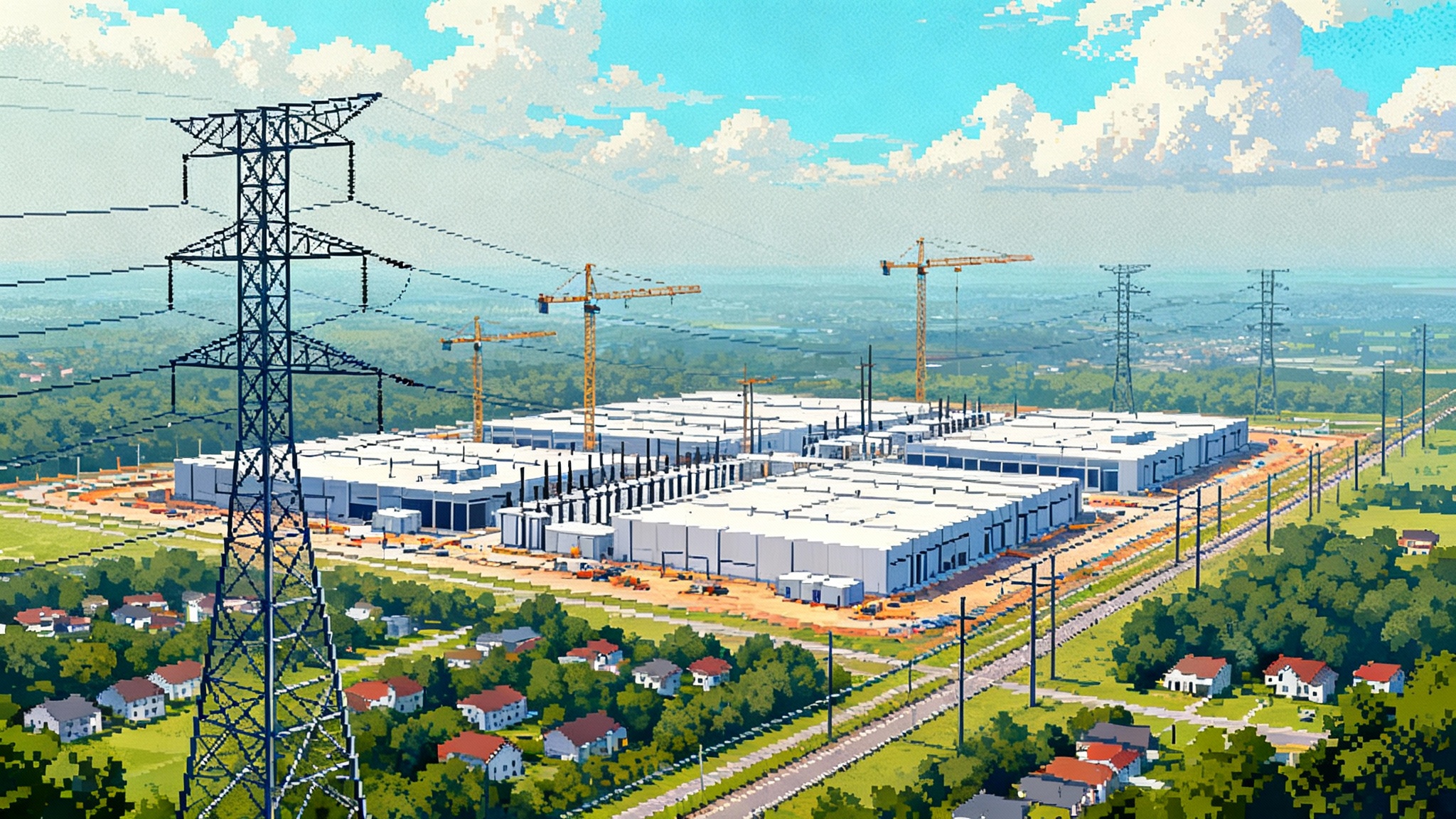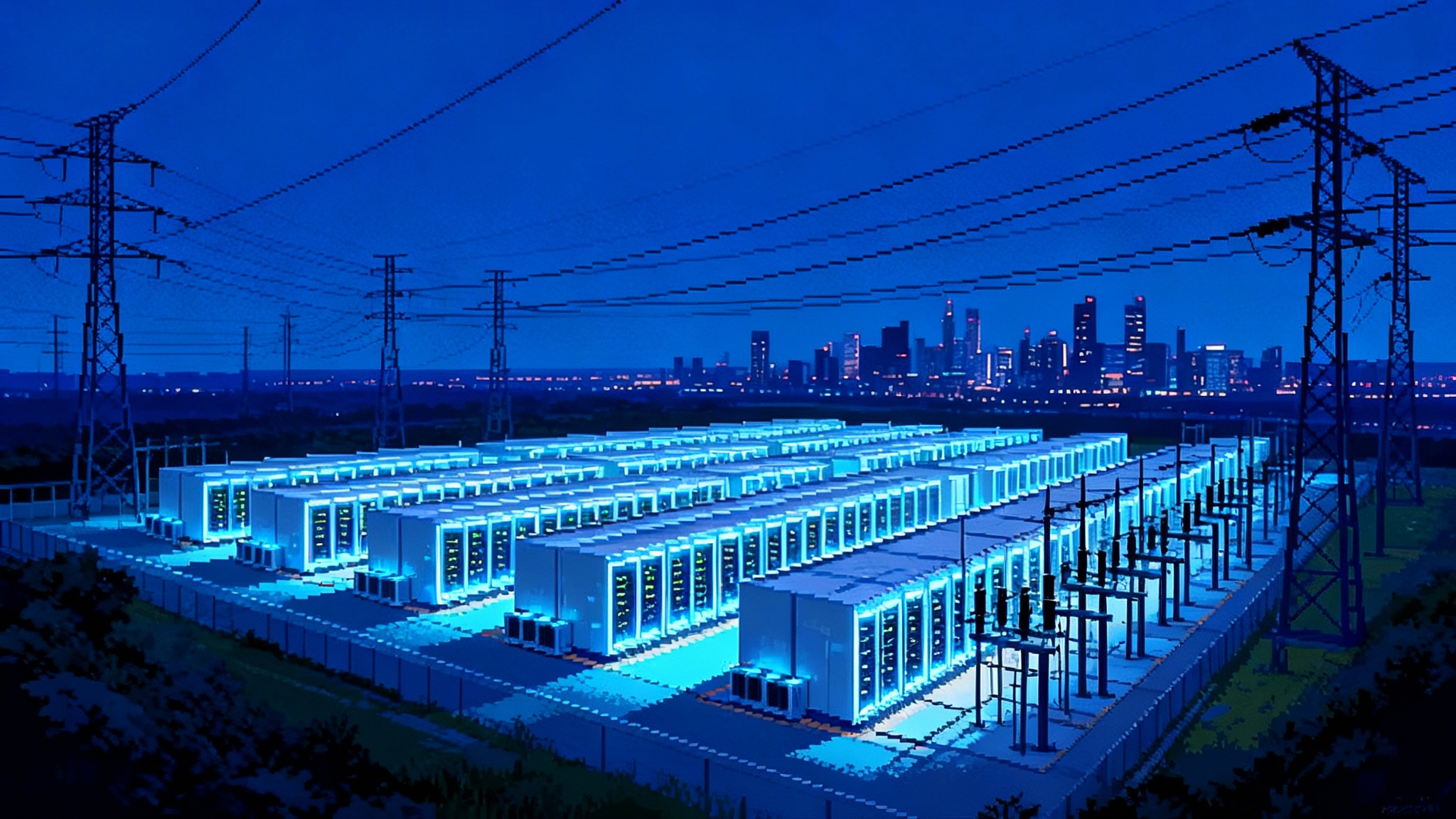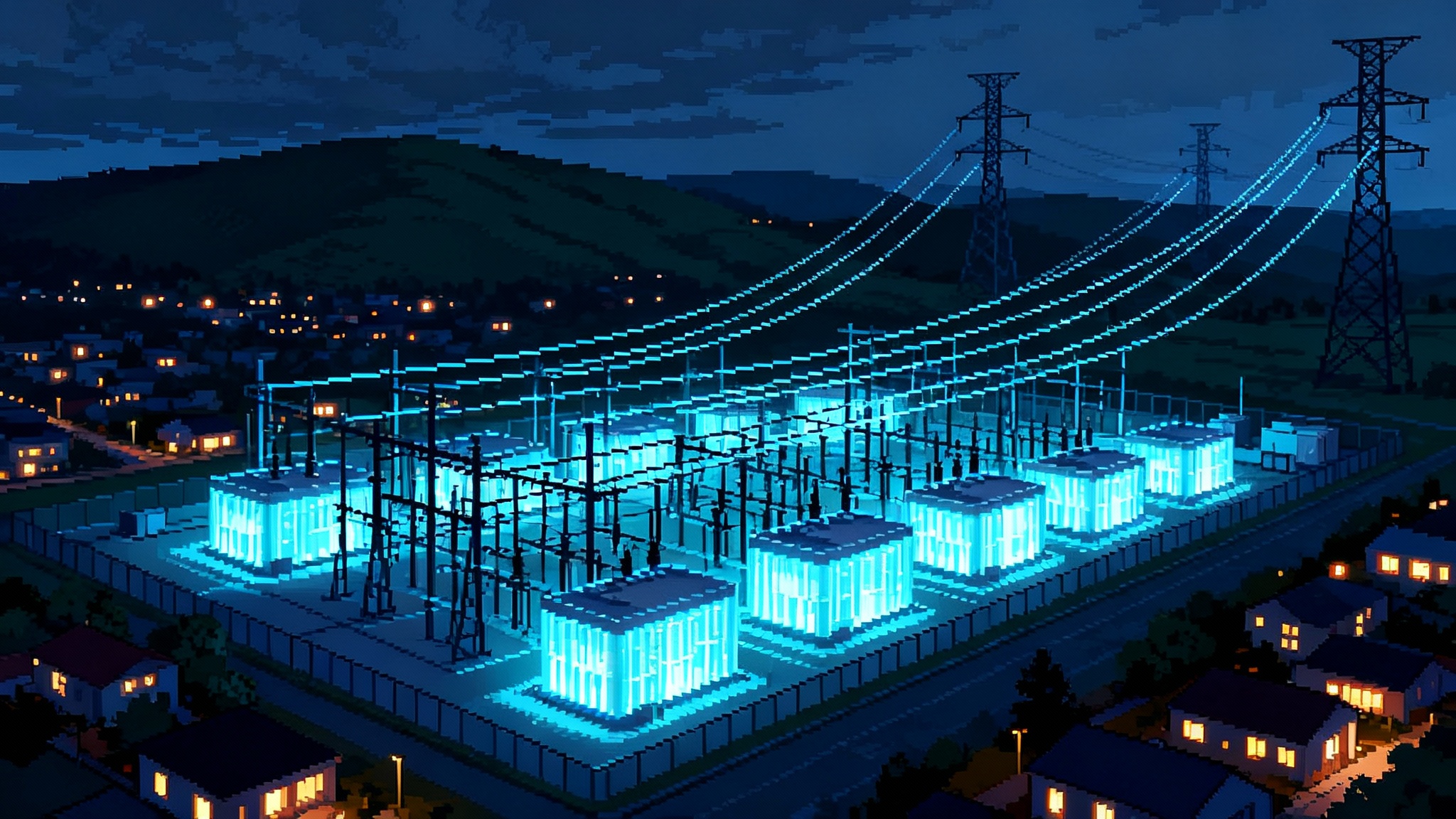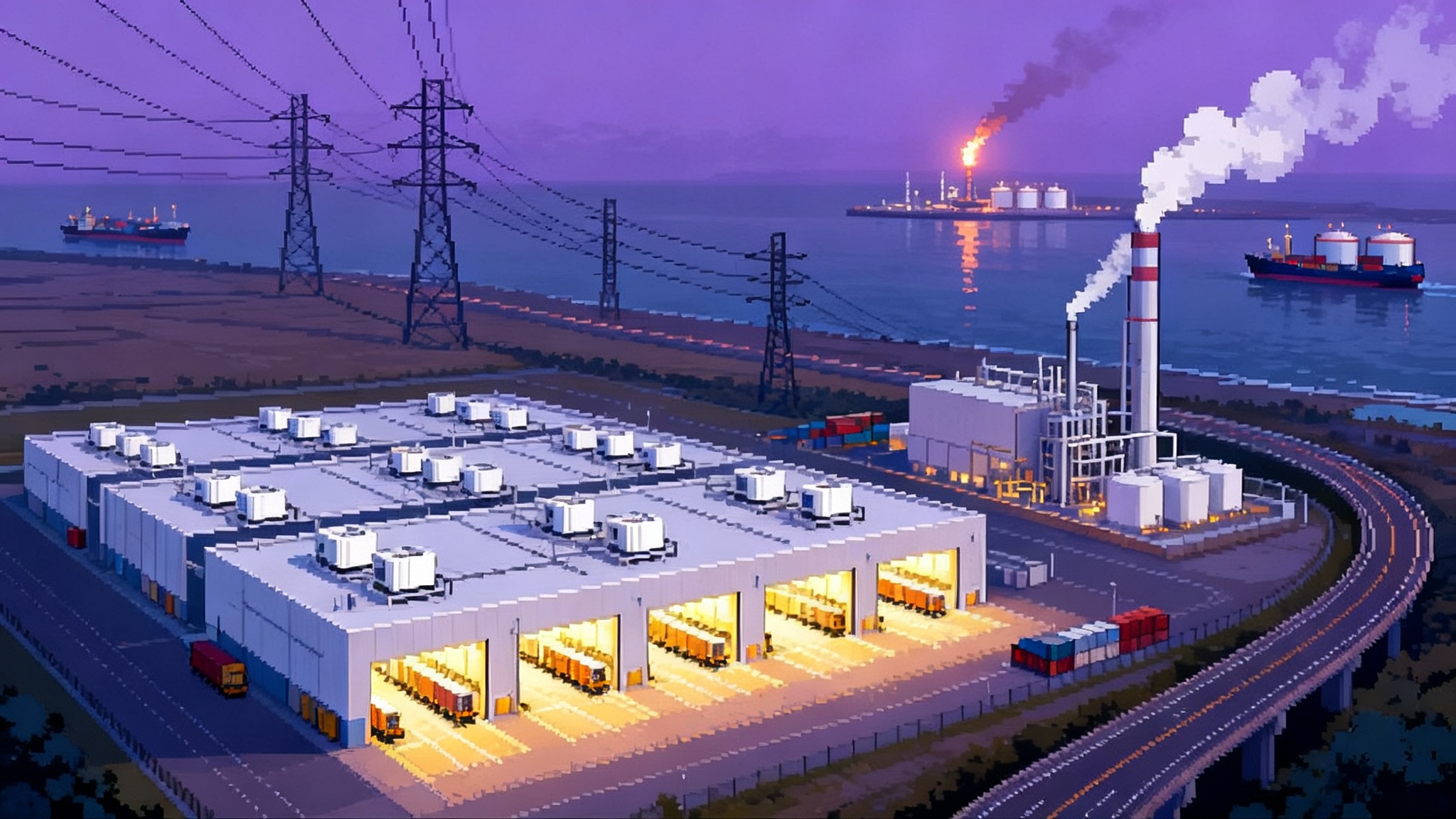Hydrogen’s 2025 reset: 45V rules and the H2Hub shakeup
Treasury’s January 2025 45V rule extends annual matching through 2029, locks in 45VH2 GREET for carbon accounting, and tightens deliverability and verification. With DOE reviewing hub awards, early movers will favor firm power, hourly EACs, and sites that can prove grid deliverability by 2030.
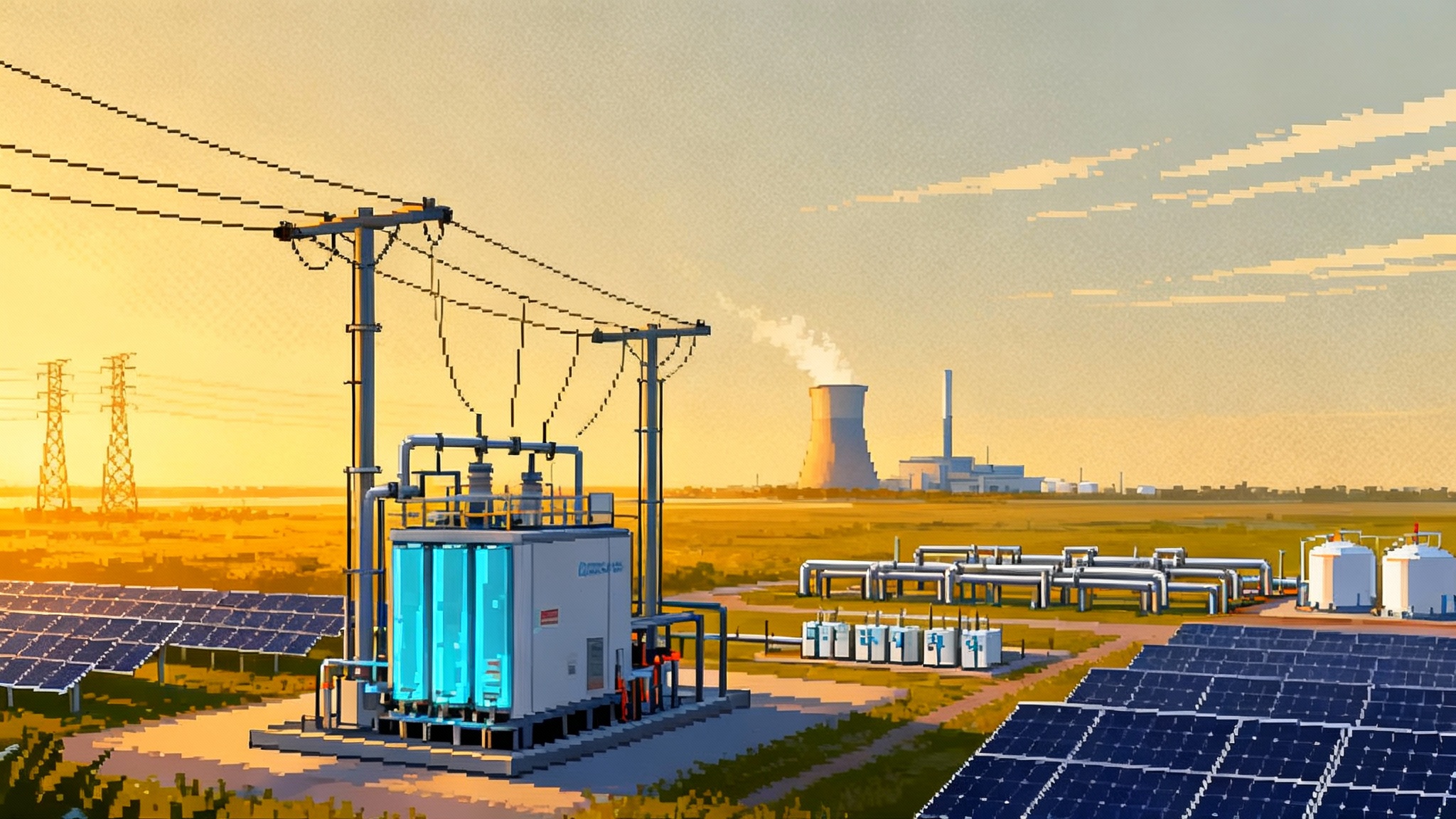
What just changed, and why it matters
On January 10, 2025 the Treasury Department and IRS finalized the section 45V regulations for the clean hydrogen production credit. The rule clarifies how producers prove carbon intensity, how electricity is counted with Energy Attribute Certificates, and when hourly matching becomes mandatory. Most importantly, Treasury extended the transition to hourly matching until 2030, while tightening deliverability and third party verification. You can read the full rule in the Federal Register under the title Credit for Production of Clean Hydrogen and Energy Credit. See the Final 45V regulation and preamble.
At the same time, US hydrogen hubs are under active review. Reports in March and April 2025 indicated that DOE is considering cutting or holding funding for four of the seven hubs while preserving others, notably in Appalachia and along the Gulf Coast. That review could reshape where projects cluster and which offtakes move first. For background, see DOE weighs cuts to hubs.
The combined impact is a genuine 2025 reset. Developers, utilities, and investors now have clearer rules on the power side, a sharper test on verification, and a changing map of where first wave bankability is most likely.
The final 45V rule in plain English
Here are the provisions that move the market the most, translated into operational terms.
-
Hourly matching starts in 2030. Annual matching is allowed through the end of 2029. Treasury declined to add a legacy or reliance rule. Any project expecting to claim 45V in 2030 and beyond should plan to procure and retire hourly matched EACs that align with electrolyzer load.
-
Deliverability is required. EACs must represent electricity that could reasonably have reached the hydrogen facility at the time it was consumed. Treasury defines deliverability regions built from balancing authorities. Buying an EAC from a resource two interconnections away will not count unless it sits in your defined deliverability region.
-
Carbon intensity uses 45VH2 GREET. Treasury adopted a dedicated GREET model for hydrogen and expects updates. Producers can petition for a provisional emissions rate if their pathway is not fully represented. The statutory threshold remains at or below 4 kg CO2e per kg H2, with higher credit tiers unlocked as emissions fall.
-
Electricity sources are treated uniformly. Whether clean power is behind the meter, grid connected, or co located, you must generate and retire qualifying EACs to claim attributes. Storage is allowed in the accounting framework, but once hourly rules apply the storage must be charged with qualifying attributes in the same hour that those attributes are later discharged to match electrolyzer use.
-
Incrementality is clearer and more pragmatic. The rule preserves incrementality and adds targeted pathways. First, qualifying States. For now that means California and Washington, which have a qualifying cap on greenhouse gases and strong decarbonization programs. In those States, using EACs from certain existing clean generation can satisfy incrementality, subject to temporal matching and deliverability. Second, qualifying nuclear reactors. Electricity from defined nuclear units can count toward incrementality up to a capped megawatt hour limit per operating hour, with a long term contract or direct connection and a financial test aimed at at risk units.
-
Third party verification and anti abuse are stricter. Verification must be performed by qualified, accredited verifiers with detailed production, use, and lifecycle attestations. Selling hydrogen that you know will be vented or flared, or using hydrogen to make power that is then directly used to make more hydrogen, can disallow the credit. Venting for safety and maintenance does not trigger abuse, but that hydrogen is not a verifiable use.
If you strip away the acronyms, the signal is straightforward. Treasury gave the market five more years to build an hourly EAC ecosystem, but it closed most loopholes. From 2030 the power you claim must be clean in the hour you consume it and deliverable to your node. The emissions math runs through a hydrogen specific GREET model, and a qualified independent must stand behind your numbers.
Hubs in flux, siting advantage shifts
The DOE review of hub funding is not yet final, but the near term direction is clear. Hubs with firm power options, strong industrial offtake, and existing pipelines or storage options are most likely to proceed. Signals point to relatively better odds for Appalachian and Gulf Coast hubs, with more uncertainty in California, the Pacific Northwest, and parts of the Mid Atlantic. For grid policy context that will influence siting, see the FERC 1920-A grid playbook and how PJM states and AI demand are reshaping power procurement.
Where the near term siting edge is strongest
-
Gulf Coast. Abundant industrial demand in refining, chemicals, and ship bunkering, a deep bench of pipeline and storage assets, and multiple firm power options. Nuclear is limited in Texas, but the region has co located CCS opportunities for blue hydrogen and a massive buildout of solar that pairs with storage for hourly matching. Deliverability constraints are real in ERCOT, yet proximity of generation and load helps.
-
Appalachia and the Ohio Valley. Likely hub stability, large steel and chemical loads, and access to nuclear in PJM plus growing storage resources. Co locating electrolysis with at risk nuclear under the qualifying reactor pathway and structuring a long term power and EAC contract can meet incrementality and deliverability while smoothing hourly risk.
-
Upper Midwest. Strong wind, rising solar, growing storage, and nuclear in MISO and SPP footprints. Success will depend on deliverability mapping and the speed at which hourly EAC registries mature across balancing authorities.
Regions that rely on long distance EACs to bridge to electrolyzers, or that expect to lean heavily on existing clean power that is already fully subscribed, will see tougher economics once hourly rules arrive. They will need more storage, more direct lines to qualifying generation, or a pivot to different products such as e fuels that can operate at lower capacity factors and harvest higher product margins.
Power procurement that works under 45V
The rule does not force a single strategy. It narrows the field to strategies that create clean electricity when and where you use it, or that credibly avoid induced emissions under specific exceptions. Here are the procurement models that rise to the top.
-
Nuclear linked contracts. A long term contract with a qualifying nuclear reactor, supported by an auditable EAC schedule and hourly matching starting in 2030, can deliver high electrolyzer capacity factors and low emissions. The qualifying reactor pathway allows up to a capped MWh per operating hour per reactor to be treated as incremental. Developers must confirm the reactor meets the financial test and merchant or single unit criteria, and must secure a ten year EAC contract or a behind the meter connection.
-
Renewables plus storage portfolios. Co located or same region solar and wind, sized with batteries or other storage to shape output into hourly matched blocks. The battery must charge with qualifying EACs in the same hour that those attributes are later discharged to meet electrolyzer load once hourly rules apply. Designing the portfolio for midday and nighttime coverage, with electrolyzer flexibility, tends to beat a single technology approach. For how storage is changing operations, see why batteries as new peakers matters for hydrogen shapes.
-
Hybrid firming. Combine a nuclear block or a high capacity factor wind tranche with a solar plus storage tranche to fill gaps. The blended PPA can deliver a flatter hourly profile, lower curtailment, and fewer EAC mismatches. In grids with strong wind at night and solar midday, this can push electrolyzer utilization above 60 to 70 percent without breaching hourly matching.
-
Behind the meter with market backstop. Where deliverability or congestion is a risk, a dedicated on site generator with storage can supply the majority of hours, with grid based EACs filling the rest. You still need to generate and retire EACs for behind the meter power. The advantage is operational control and less exposure to registry fragmentation.
-
Blue hydrogen with strict methane and capture accounting. The rule allows non zero emitting electricity pathways and CCS within GREET. Success depends on verified methane intensity, high capture rates proven in operations, and robust third party verification. Blue projects that can certify very low upstream methane and maintain high capture rates may clear the 45V thresholds. They still face 2030 hourly matching if they claim electricity attributes.
The 2025 to 2030 bankability playbook
A pragmatic checklist for each stakeholder, tuned to the final rule and the hub outlook.
For developers
- Use siting filters that matter. Shortlist sites where you can source hourly matched EACs within your deliverability region by 2030. Map balancing authorities now, not later. Favor nodes near at risk nuclear, high capacity wind, or solar plus storage that you can contract.
- Power first, electrolyzer second. Select electrolyzer technology and sizing after you have a clear hourly shape and an EAC plan. High turn down units and fast ramping will monetize price spreads and reduce the cost of hourly compliance.
- Contract for attributes, not just energy. Your PPA or supplier agreement must specify EAC creation, hourly matching obligations starting in 2030, deliverability, and retirement mechanics. Include audit rights, data sharing, and registry compatibility.
- Build a verification file from day one. Pick a verifier with ISO 14065 and 14064 3 capabilities or recognized LCFS accreditation. Treat the annual verification report as a bank compliance deliverable. Keep raw data, metering records, EAC retirements, gas attribute retirements if using RNG, and all GREET inputs in a ready to audit data room.
- Plan for GREET updates. Treasury expects 45VH2 GREET updates. Lock in a change protocol in your contracts and financing. Build cushion against CI drift by oversizing storage or adding a reserve tranche of EACs to protect your tier.
- Avoid reliance bets. There is no reliance rule. If your economics depend on annual matching past 2029, you are underwriting a regulatory bet that is no longer available.
For utilities and IPPs
- Productize hourly clean blocks. Offer hourly matched, deliverable EAC blocks with clear shapes and penalties for nonperformance. Create products that pair fixed blocks from nuclear or wind with shaped solar plus storage overlays.
- Invest in registry readiness. Align EAC operations with hourly tracking in your balancing authority, and ensure transfers across registries can preserve hour stamps and deliverability tags.
- Co locate where possible. Joint development of renewable plus storage at or adjacent to hydrogen sites reduces deliverability disputes and data latency. It also cuts curtailment and interconnection risk.
- Offer flexible PPAs. Give developers options for indexed adders tied to EAC scarcity, step up rights if GREET updates tighten CI, and swing bands that allow electrolyzers to follow renewable output without punitive imbalance charges.
For financiers and investors
- Underwrite to 2030 conditions. Model full hourly matching and deliverability compliance in the base case for production years beginning January 1, 2030. Treat annual matching years as a near term cash flow kicker, not the underwriting core.
- Require a verification covenant package. Annual third party verification reports should be conditions subsequent, with cure mechanics for data gaps. Require notification of any verification reservation or adverse finding, plus rights to engage an independent technical advisor on GREET inputs.
- Tie 45V sharing to verified output. If the sponsor monetizes 45V via transferability, set payment waterfalls that net out any clawbacks tied to verification failures or anti abuse violations. Consider escrowed reserves sized to at least one year of credit value.
- Price hub risk explicitly. Where DOE hub awards look uncertain, haircut any grant dependent capex items and require alternate offtake or revenue support. Where hubs look resilient, focus diligence on permitting and interconnection timelines rather than subsidy availability.
- Look for siting arbitrage. Gulf Coast and Appalachian projects with credible firm power and hourly EAC pathways deserve lower risk premiums than projects that must import attributes across regions. That difference should show up in debt sizing and PPA floors.
PPA structures that clear diligence
The PPA is the spine of a bankable electrolytic hydrogen project under 45V. Structures that pass diligence share these traits.
- A two schedule design. Schedule A covers energy and capacity delivery with penalties and make whole provisions. Schedule B is the attribute schedule, which states the EAC standard, hour stamps, deliverability region, registry, retirement timing, and audit rights. Both schedules survive change in law with defined price reopeners.
- Hourly test and cure. Beginning in 2030 the seller must deliver hourly matched EACs. If not, there is a short cure window to supply replacement EACs that meet the same deliverability tag. If cure fails, liquidated damages reference the lost 45V value on the affected hydrogen.
- Data and metering alignment. The agreement must specify time synchronization rules, meter types, data retention, and a shared data platform or API. Disputes about hour stamps fade when both sides look at the same synchronized dataset.
- Change in law and GREET drift. Include a defined process if GREET updates change CI by more than a stated threshold. Triggers can include adding storage, changing the supply mix, or a price reopener with caps.
- Force majeure with boundaries. Attribute delivery should be excused only for true force majeure, not for EAC registry outages that could have been mitigated. Sellers should maintain registry redundancy and data backups.
What to build now
Between now and December 31, 2029 the market has a window to lock in sites, power, and verification workflows while operating on annual matching. The winners will use that time to be ready for day one hourly compliance.
- Lock sites in deliverability islands with strong clean supply growth.
- Anchor your portfolio with a qualifying nuclear contract where available.
- Add storage sized for two to six hours to shape renewables into hourly flat blocks.
- Stand up an internal MRV function that treats 45V like a financial audit.
- Pre negotiate change in law mechanics across all offtake and supply contracts.
Bottom line
The 2025 reset is not a retreat. It is a refocus on projects that make real hydrogen with real clean power, verified by independent experts, in places where the grid can support it. If you choose sites that can clear deliverability and you sign PPAs that deliver attributes in the hour, your project can still pencil under 45V. If your economics depend on long distance paper attributes or on annual matching forever, they probably will not.
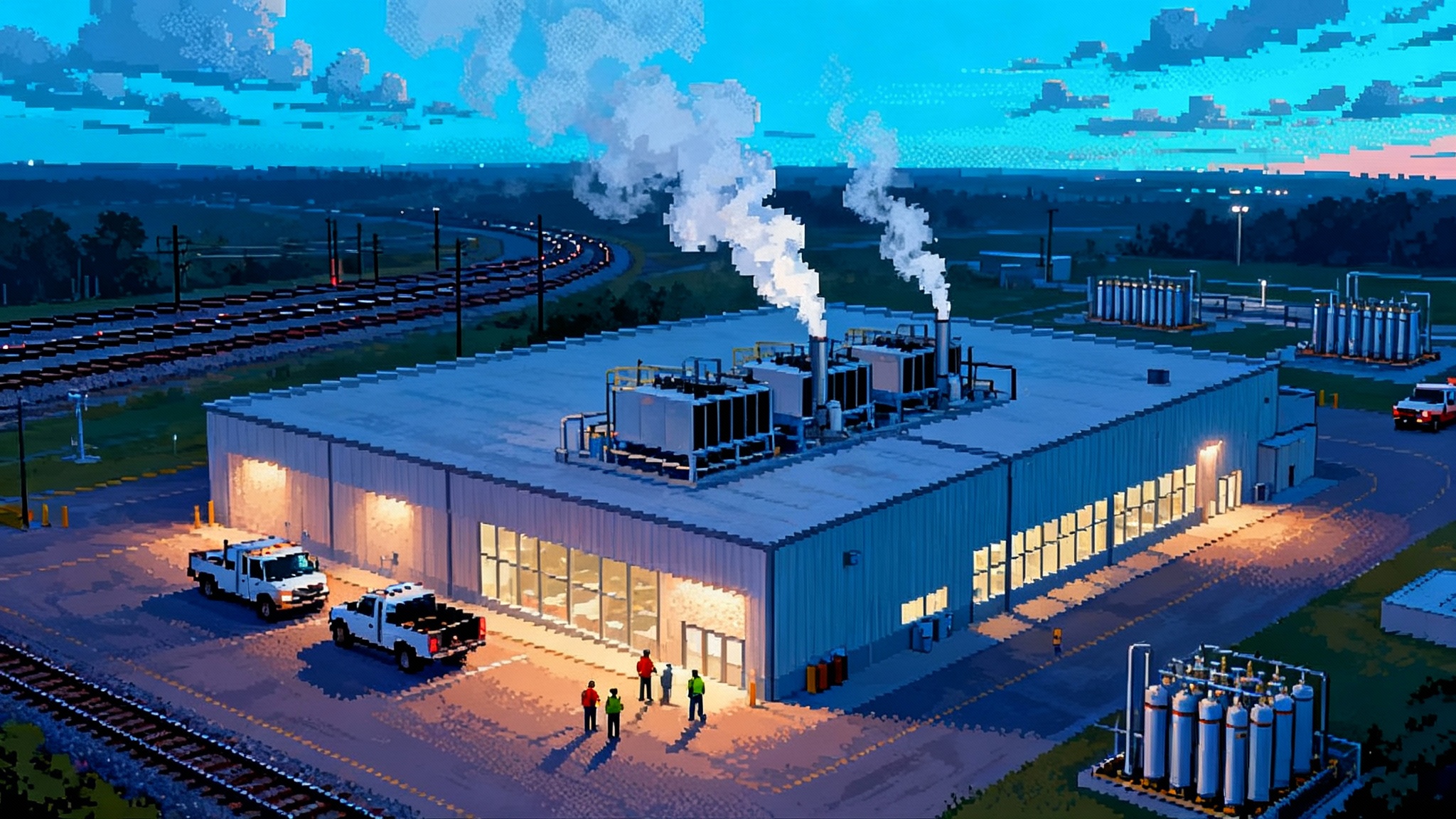
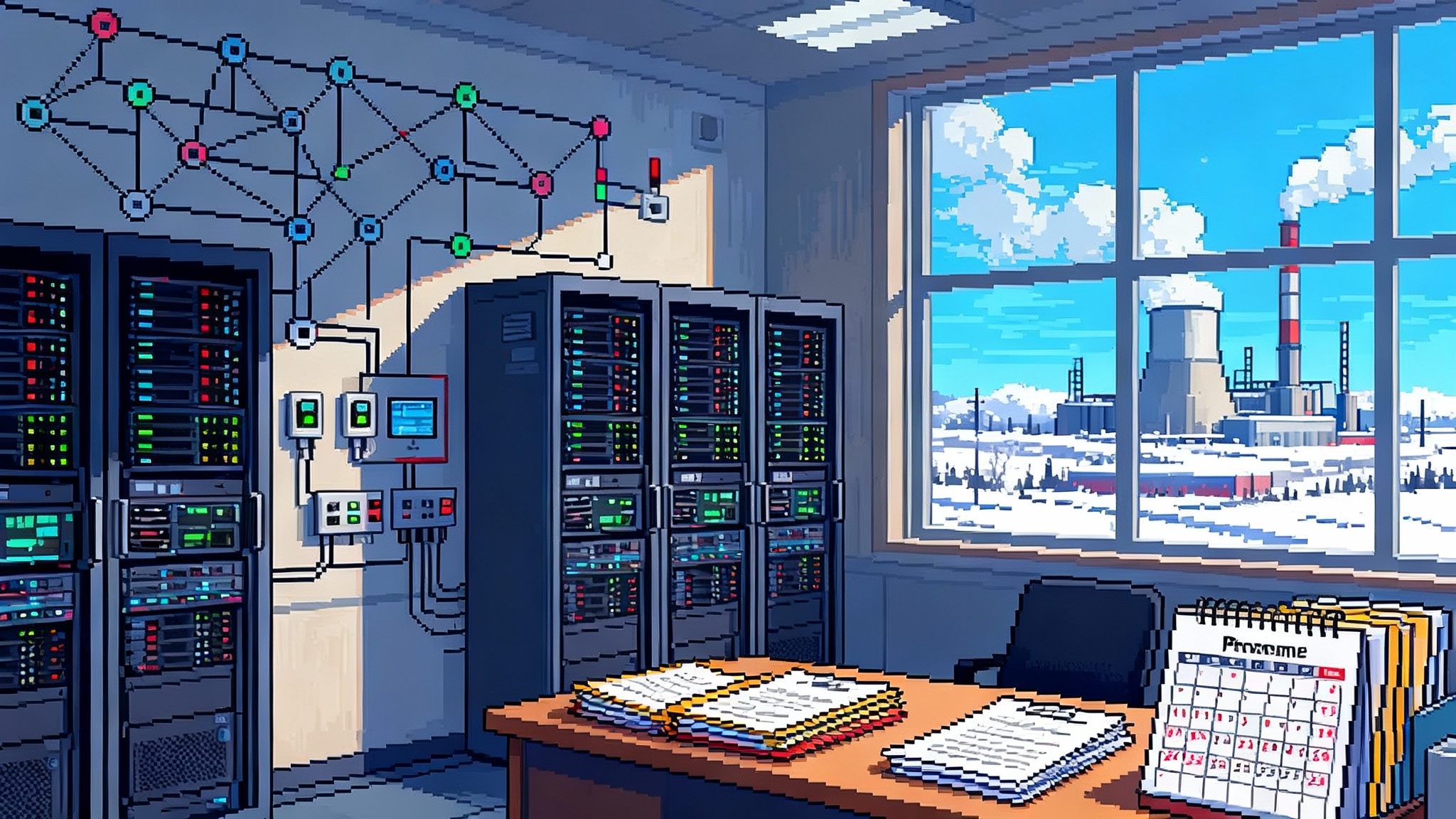

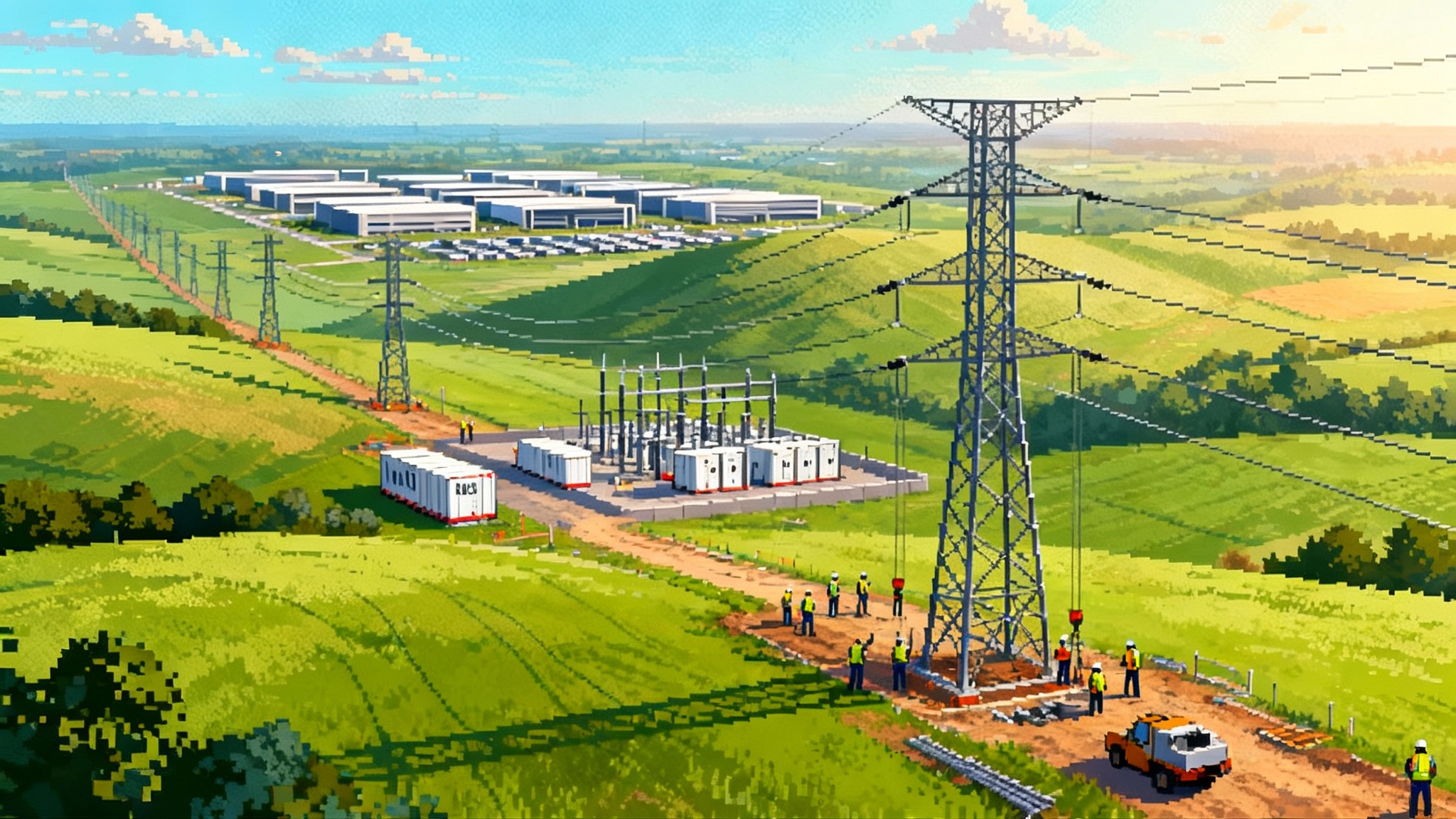
![Why Your UI Shows [object Object] and How to Fix It Fast](https://fvnmlvqcgqaarpyajaoh.supabase.co/storage/v1/object/public/images/1758580185084-c5pj4s.png)
